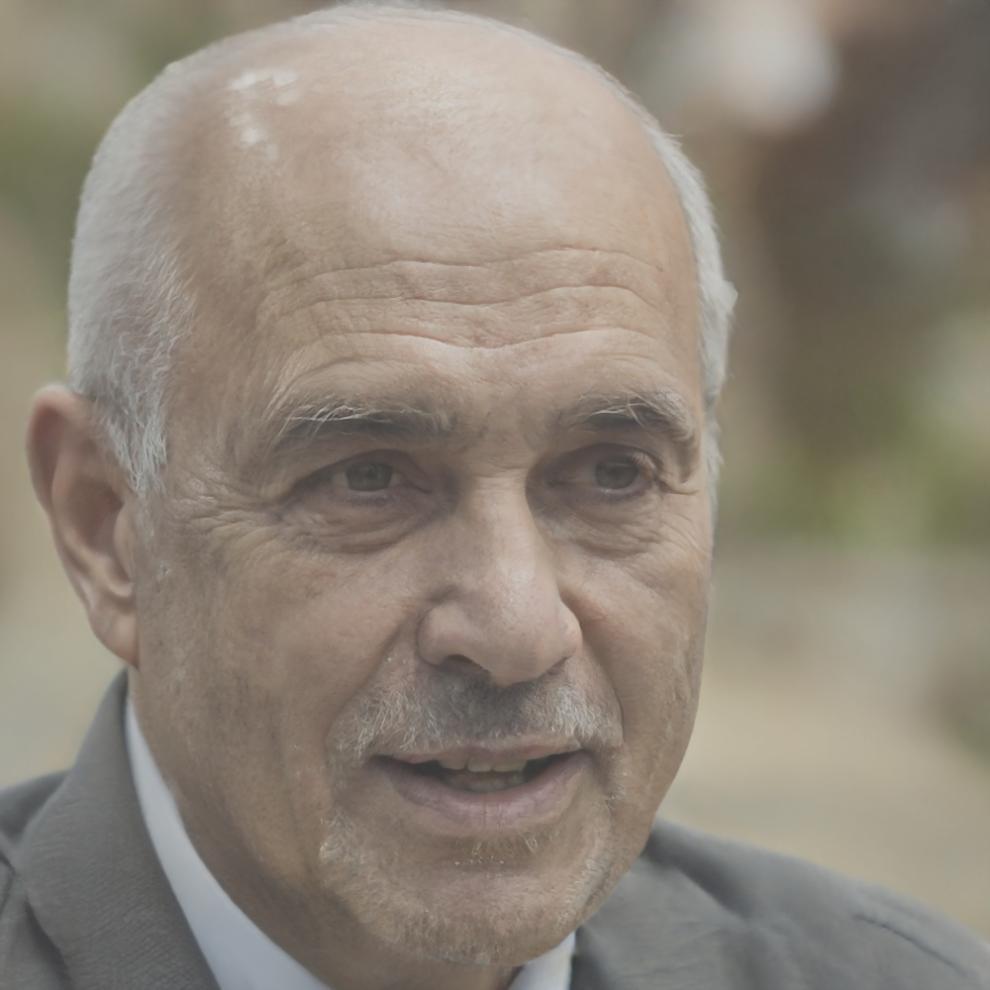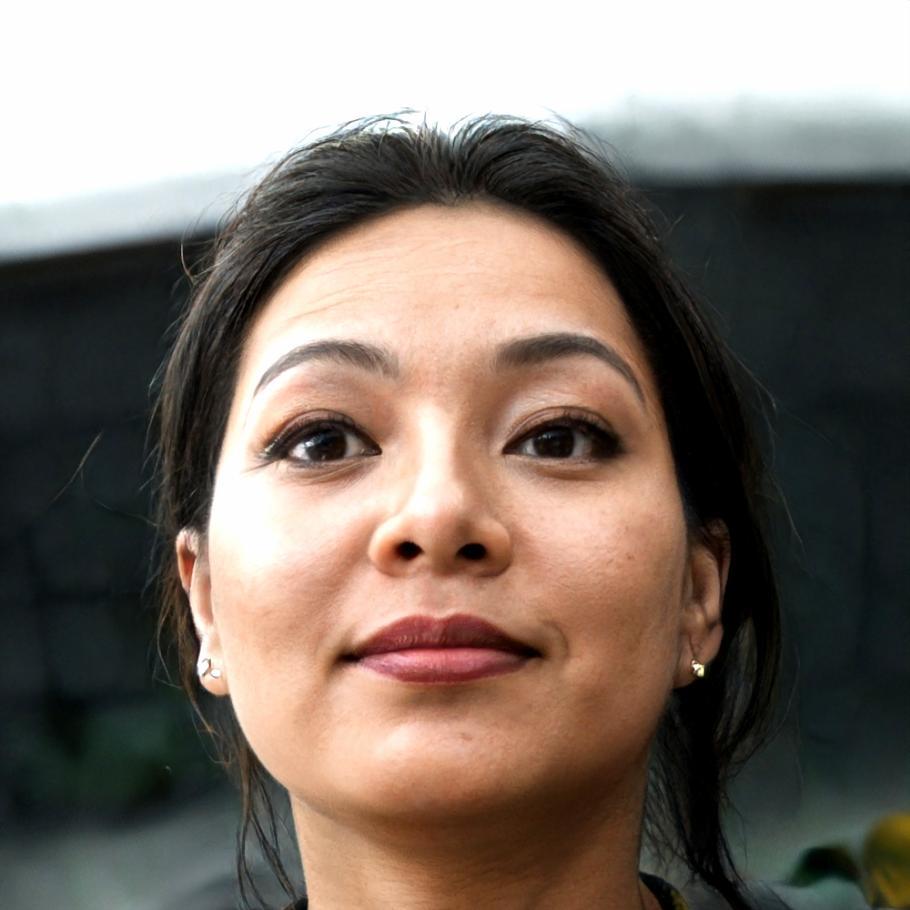Financial Model Building Program
Six-month structured pathway starting September 2025
Building financial models isn't about fancy spreadsheets. It's about understanding how businesses actually work—and then translating that into something you can test, adjust, and use to make smarter decisions. This program takes you through that process step by step.

What You'll Actually Learn
Most people think financial modeling is just Excel formulas. But really, it's about asking the right questions first. What drives revenue? Where do costs hide? How does cash actually move through a business?
We start with fundamentals—understanding financial statements not as reports, but as stories. Then we build models that help answer specific business questions. By the end, you'll have a portfolio of models you've built yourself, based on real scenarios.
Foundation Phase
Getting comfortable with financial statements and how they connect. No assumptions that you already know everything.
Building Phase
Start constructing your first models with guidance. Mistakes are expected—that's how you learn what works.
Application Phase
Take on more complex scenarios and develop your own approach. This is where things start clicking together.
Program Track Record
Since launching in 2019, we've refined our approach based on feedback from each cohort. Here's what that looks like in practice.
What Graduates Often Report
- Better understanding of how financial decisions affect business operations
- More confidence when reviewing budgets and forecasts at work
- Ability to build custom models for specific business questions
- Improved communication with finance teams and stakeholders
- Portfolio of practical models that demonstrate capability
How the Six Months Work
Each module builds on what came before. Skip ahead and you'll miss something important.
Financial Statement Fundamentals
Weeks 1-4
Before you can model anything, you need to understand what you're modeling. We break down income statements, balance sheets, and cash flow statements—not as academic exercises, but as tools for understanding business performance.
- Reading financial statements critically
- Understanding relationships between statements
- Identifying key drivers and metrics
- Spotting common reporting issues
Building Your First Models
Weeks 5-10
This is where theory meets practice. You'll build simple forecasting models, learning how to structure spreadsheets properly and avoid the mistakes that make models break. Expect to make plenty of errors—that's the point.
- Three-statement modeling basics
- Revenue and expense forecasting
- Working capital management
- Model structure and best practices
Scenario Analysis and Sensitivity
Weeks 11-16
Real business decisions happen under uncertainty. Learn how to build models that can test different assumptions and show what matters most. This is where your models start becoming actually useful.
- Multiple scenario modeling
- Sensitivity analysis techniques
- Risk assessment frameworks
- Decision support modeling
Advanced Applications
Weeks 17-22
Take on more complex modeling challenges: valuations, investment analysis, merger scenarios. You'll work on case studies based on real situations, developing your judgment about when to use different approaches.
- DCF and valuation models
- Investment decision frameworks
- M&A modeling concepts
- Custom model development
Portfolio Project
Weeks 23-26
Build a comprehensive model for a business or project of your choice. This becomes your portfolio piece—something that demonstrates what you can actually do, not just what you studied.
- Independent model construction
- Documentation and presentation
- Instructor review and feedback
- Portfolio development
Who Teaches This
Three people with different backgrounds who all ended up doing financial modeling professionally. They'll share what actually works, not just textbook theory.

Callum Richards
Lead Instructor
Spent twelve years building models for infrastructure projects. Now focuses on teaching the practical side—how to build models that people will actually use and trust.

Sienna Thornton
Valuation Specialist
Former corporate finance analyst who got tired of fixing other people's broken models. Teaches the fundamentals that prevent common mistakes before they happen.

Marcus Webb
Technical Advisor
Helps early-stage companies build their first financial models. Knows what works when you don't have much data to work with and need to make reasonable assumptions.
Applications Open June 2025
The autumn cohort starts September 15, 2025. We take about 30 people per session to keep it manageable.
No prior finance background required—just willingness to work through problems and learn from mistakes.
Get Program Details